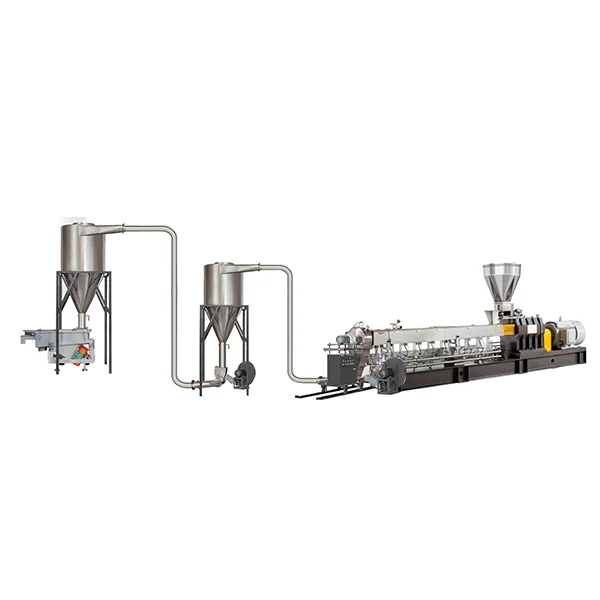Graphite, a fascinating form of carbon, has often sparked debate about whether it should be classified as a metal or a nonmetal. Its unique properties, which diverge from those of conventional metals and nonmetals, make this classification particularly intriguing. This blog post explores the distinctive characteristics of graphite, explains why it defies traditional categorization, and examines its implications in various scientific and industrial contexts.
- Defining Metals and Nonmetals
To understand where graphite fits, it is essential first to define the traditional categories of metals and nonmetals.
1.1. Characteristics of Metals
- Conductivity: Metals are known for their high electrical and thermal conductivity due to the presence of free-moving electrons.
- Luster: They typically have a shiny appearance and can be polished.
- Malleability and Ductility: Metals can be hammered into thin sheets or drawn into wires without breaking.
- Density and Strength: They generally have high density and strength. 1.2. Characteristics of Nonmetals
- Poor Conductivity: Nonmetals generally have low electrical and thermal conductivity.
- Lack of Luster: They often lack the shiny appearance of metals and can be dull.
- Brittleness: Nonmetals are usually brittle and cannot be easily shaped without breaking.
- Diverse States: Nonmetals exist in various states at room temperature, including gases (like oxygen), liquids (like bromine), and solids (like sulfur).
- Graphite: An Overview
Graphite is an allotrope of carbon, where carbon atoms are arranged in a hexagonal lattice within planar layers. This structure gives graphite its distinct properties and sets it apart from both metals and nonmetals.
2.1. Unique Properties of Graphite
- Electrical Conductivity: Unlike most nonmetals, graphite exhibits excellent electrical conductivity due to the mobility of electrons within its layered structure. This property is more characteristic of metals.
- Thermal Conductivity: Graphite also has high thermal conductivity, allowing it to transfer heat efficiently, which is another trait commonly associated with metals.
- Luster and Appearance: Graphite has a metallic luster and can be somewhat shiny, which is atypical for nonmetals.
- Malleability and Flexibility: Graphite’s layered structure allows it to be flexible and used as a lubricant, which is not a typical feature of metals.
- Graphite: Neither Metal Nor Nonmetal 3.1. Graphite’s Unique Position
- Intermediate Properties: Graphite's properties do not fit neatly into the categories of metals or nonmetals. It conducts electricity and heat efficiently like metals but lacks the malleability and density typically associated with metals.
- Layered Structure: The planar arrangement of carbon atoms in graphite allows for a unique set of properties that are not entirely consistent with those of traditional nonmetals or metals. The layers can slide over each other, a characteristic feature that is not seen in conventional metals or nonmetals. 3.2. Hybrid Classification
- Semimetal or Metalloids: Some scientists categorize graphite as a semimetal or metalloid due to its mixed properties. This classification acknowledges that graphite exhibits characteristics of both metals and nonmetals but does not fully align with either category.
- Allotropes of Carbon: As an allotrope of carbon, graphite exists alongside other forms of carbon, such as diamond and graphene, which have their own distinct properties. Each allotrope exhibits unique characteristics that contribute to our understanding of carbon's versatility.
- Applications Reflecting Graphite’s Unique Nature 4.1. Industrial Uses
- Electrodes and Batteries: Graphite’s electrical conductivity makes it crucial in the production of electrodes for electric arc furnaces and batteries.
- Lubricants: Its layered structure enables it to act as a dry lubricant in machinery and automotive components. 4.2. Technological Innovations
- Graphene: Graphene, a single layer of graphite, has opened new avenues in materials science due to its extraordinary electrical, thermal, and mechanical properties. It represents a further exploration of carbon’s unique attributes.
- Conclusion
Graphite stands out as an exceptional material that does not fit the conventional definitions of metals or nonmetals. Its unique properties, including high electrical and thermal conductivity, combined with its flexible, layered structure, place it in a category of its own. Understanding graphite’s distinct characteristics helps to appreciate its diverse applications and its role in advancing technology and science.


